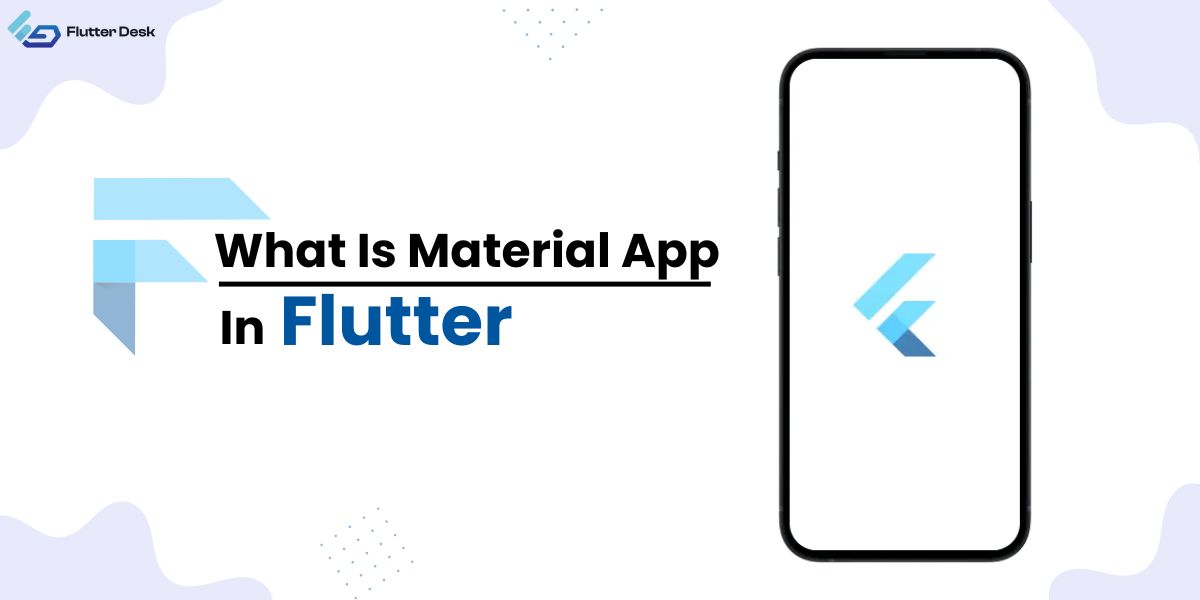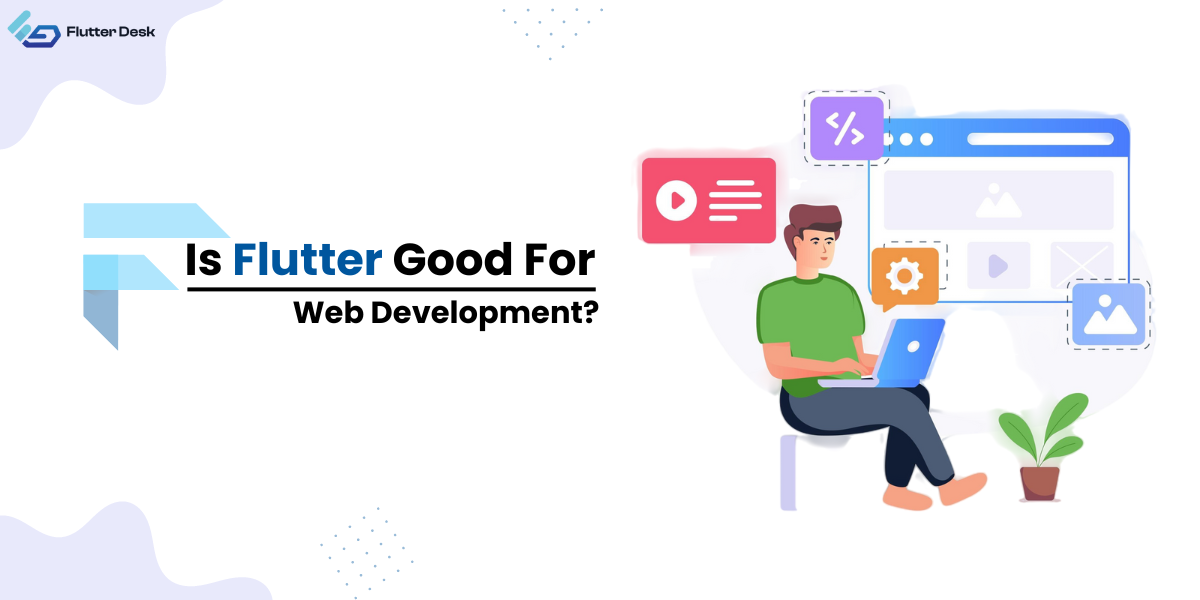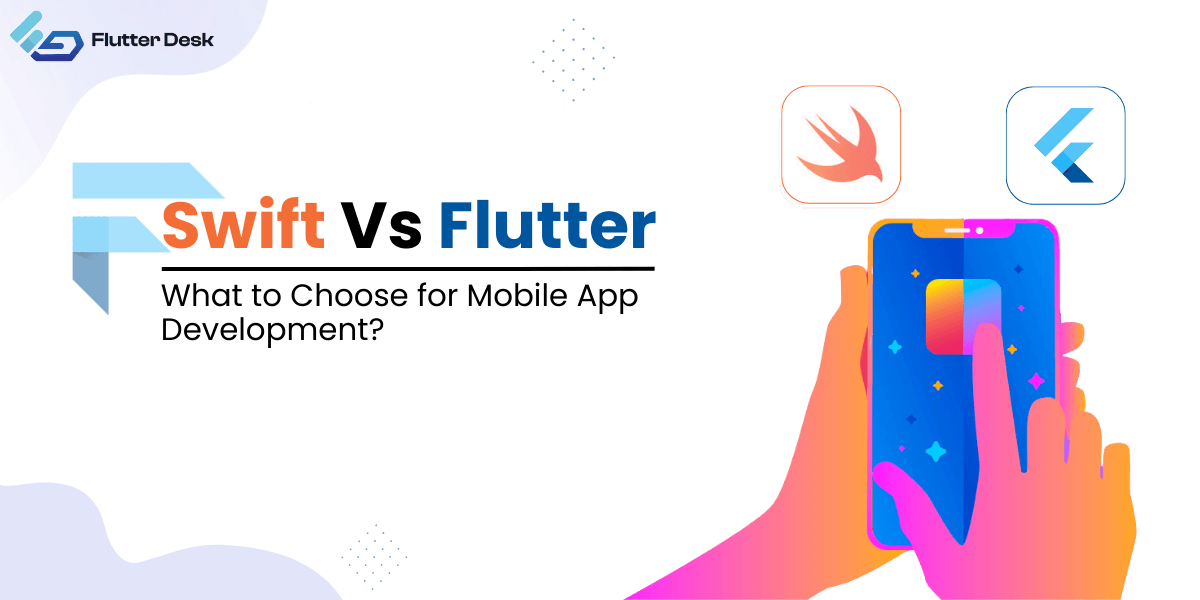Flutter freezer techniques have revolutionized how developers handle state management in mobile applications. By leveraging the concept of Freezed within Flutter, programmers can ensure more reliable, readable, and maintainable code. Freezed meaning in this context refers to the generation of immutable classes that facilitate a more structured and less error-prone approach to Flutter development. Understanding how to utilize Freezed effectively is pivotal for crafting advanced, robust applications with Flutter.
What is Flutter Freezed?
Freezed in Flutter is a code generation library that fabricates immutable classes, drastically simplifying state management by generating secure, error-free boilerplate code. Immutability is a crucial concept in Dart that, when implemented using Freezed Flutter, ensures that objects cannot be altered once created, leading to more predictable and stable state behavior within apps.
With this code generation package, developers can spend less time writing manual implementations for data classes and more time on business logic and user experience
This programming paradigm shift, enabled by Freezed Flutter, is critical in a landscape where data consistency and app reliability are non-negotiable.
Overview: Freezed Basics for Beginners
Integration with Flutter
Freezed operates as a Dart package that harmonizes with Flutter’s reactive framework. It integrates by using code generation to create immutable classes, essential in Flutter’s reactive UI paradigm.
Solving State Management Complexity:
Freezed addresses the intricate state management issues in Flutter by providing a streamlined way to implement patterns like copyWith, unions, and when/ maybeWhen methods, eliminating the usual boilerplate associated with such patterns.
Immutable Object Assurance:
Freezed ensures all objects are immutable, which prevents accidental state mutations that could lead to unpredictable behaviors in applications.
Null Safety Compliance:
It enforces null safety, a feature strongly integrated into Dart, thus aiding developers in avoiding null-related errors at compile time.
Freezed Annotation Flutter
Freezed utilizes a powerful annotation system to identify and equip Dart classes with immutability features. By prefacing classes with ‘@freezed’, developers activate the Freezed code generator, signaling it to apply its magic.
How Freezed Annotations Simplify The Creation Of Immutable Classes
Once a class is annotated with ‘@freezed’, the package takes over, generating the necessary immutable properties and many helpful methods. This eliminates the mundane task of manually coding boilerplate for properties, constructors, and methods that enforce immutability.
Annotations also facilitate features like deep copy, equality checks, and when statements with just a single line of easily maintained code. In essence, annotations act as a bridge, allowing developers to define intent declaratively, leaving the procedural generation to the Freezed package, thus enhancing development efficiency and reducing the potential for human error.
Freezed Flutter Example
Let’s delve a little deeper into the practical example of using the Flutter freezed thing more clearly. Here are the steps and their respective codes:
- Adding the Package: First, include freezed to the ‘pubspec.yml’ file.
dependencies: dependencies: flutter: sdk: flutter freezed_annotation: dev_dependencies: build_runner: freezed:
- Creating the Freezed Model: Create a new Dart file for your model, say user.dart, and define a User class with the @freezed annotation:
import 'package:freezed_annotation/freezed_annotation.dart';
part 'user.freezed.dart';
part 'user.g.dart';
@freezed
class User with _$User {
const factory User({
required String id,
required String name,
required int age,
}) = _User;
factory User.fromJson(Map<String, dynamic> json) => _$UserFromJson(json);
}
- Running the generator: Run the build runner to generate the necessary files:
flutter pub run build_runner build
- Using the Freezed class: Now, you can use the User class in your Flutter code with all the benefits of immutability.
void main() {
final user = User(id: '123', name: 'John Doe', age: 30);
final updatedUser = user.copyWith(name: 'Jane Doe');
print(updatedUser.name); // Output: Jane Doe
}
In this example, the copyWith method, which is automatically generated, allows for the easy modification of properties while still returning a new immutable instance, showcasing the simplicity and power of Freezed in action.
Dart Classes Vs Freezed
Standard Dart classes and Freezed classes offer distinct pathways for defining data structures.
Standard Dart Classes
Traditional Dart classes give developers complete control over the implementation details, from properties to methods. They typically require more code for property validation, copying, and equality checks, which can be error-prone and time-consuming.
Freezed Classes
Freezed classes automate much of the manual implementation, providing a suite of out-of-the-box functionalities through a concise declarative syntax. They ensure immutability and built-in deep copy ability, making state management safer and more predictable.
Freezed automatically generates toString, copyWith, equals, and hashCode methods for your classes, reducing manual boilerplate.
Code Generation And Maintenance With Freezed
Freezed significantly makes the process of automated code generation easy and hassle-free. With ‘Freezed’, once a developer defines a data model, the library takes over, generating all the necessary underlying code that would otherwise be a chore to maintain. This includes not just the class itself but also serialization logic, which becomes vital as the application scales and data models become more complex.
Moreover, as applications undergo refactoring or feature additions, Freezed facilitates these transitions smoothly. Any changes in the data models are quickly and safely propagated through the generated code, ensuring that the app remains stable and the development process stays efficient.
Union Types and Sealed Classes in Freezed
Union Types
Union types and sealed classes are powerful patterns in programming that ‘Freezed’ adeptly brings to Flutter. Union types allow a variable to hold a value that could be one of several different types, not just one. In Dart, Freezed employs this concept by enabling a single class to represent multiple states or subtypes effectively.
Sealed Classes
Sealed classes go hand-in-hand with union types, essentially acting as a closed set of classes where a class can have predefined subclasses. This is particularly useful for defining states in state management, where each state is distinct but related.
Freezed simplifies the use of these patterns in Flutter by automating the boilerplate code typically associated with them. With Freezed, developers annotate their code with a simple decorator, and the library generates the necessary classes and methods that enable the use of union types and sealed classes seamlessly. This empowers developers to implement robust and type-safe state management systems, improving both the quality and maintainability of their Flutter applications.
Freezed vs Other State Management Solutions
|
Feature |
Freezed |
Provider |
Bloc |
Redux |
|
State Immutability |
Enforces immutability. | Does not enforce immutability. | Supports immutability. | Typically enforces immutability. |
| Boilerplate Code | Minimal, due to code generation. | Moderate. | High. | High. |
| Learning Curve | Moderate. | Low. | High. | High. |
| Flexibility | High. | High. | High, with a structured approach. | High. |
| Pattern Type | Code Generation. | Provider pattern. | Bloc pattern. | Redux pattern. |
| Suitability | Best for complex apps with many models. | Good for small to medium apps. | Preferred for larger applications with complex states. | Ideal for large-scale applications, especially with a Redux background. |
| Debugging and Testing | Simplified by immutable classes. | Straightforward | Structured, but can be complex. | Structured and predictable. |
Freezed Best Practices
- Optimize Serialization: When working with JSON serialization, define your serialization logic clearly in the Freezed classes. This approach will streamline data handling with external sources.
- Integration with Other State Management Tools: Remember that ‘Freezed’ can be combined with other state management solutions like Provider or Bloc for more powerful and flexible architectures.
- Regularly Run Code Generators: After making changes to your ‘Freezed’ classes, make sure to run the code generators. This practice ensures that all the corresponding generated files are up-to-date.
- Embrace Immutability: Since Freezed Flutter is built around immutability, design your data models with this in mind. Immutable models lead to safer code, easier debugging, and predictable state changes.
Conclusion
Freezed stands out as a pivotal tool in Flutter development, offering a streamlined approach to state management through its powerful immutability features, code generation capabilities, and reduction in boilerplate code. Its ability to handle complex data structures with ease, while ensuring code reliability and maintainability positions Freezed as an invaluable asset for developers.
The blend of simplicity and robustness it brings to Flutter apps is unmatched, making it a worthy addition to any Flutter developer’s toolkit. We encourage developers to integrate Freezed into their next Flutter project, experiencing firsthand the efficiency and clarity it brings to the development process.










